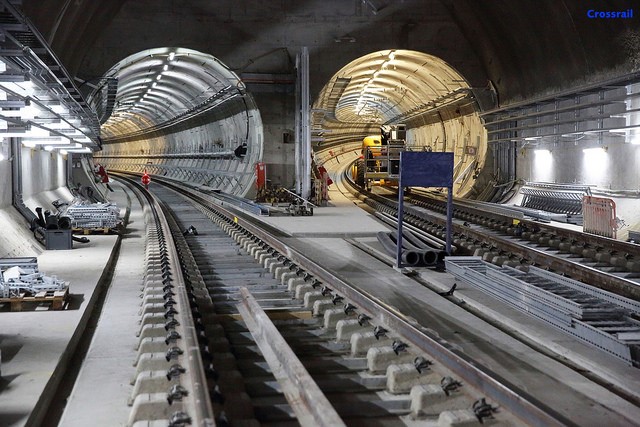London’s new Crossrail underground service will miss its deadline by almost a year, a spokesperson for the service has said
Transport for London (TfL) said more time is needed is needed to complete “final infrastructure and extensive testing” and “to ensure a safe and reliable railway for customers from day one of passenger service”.
Services were scheduled to begin running by the end of the year, but the central section between Paddington and Abbey Wood will not be opened until autumn 2019.
Rail minister Jo Johnson announced last month that the scheme’s budget had been elevated by hundreds of millions of pounds, from £14.8bn to £15.4bn, due to “cost pressures”.
The route will be known as the Elizabeth Line, once services begin. Some 200 million passengers are expected to use it every year.
When it is fully opened, trains will run from Reading and Heathrow in the west through 13 miles of new tunnels to Shenfield and Abbey Wood in the east.
Crossrail described the 10-year project – Europe’s biggest infrastructure undertaking – as “hugely complex”, confirming that the original timetable for testing has been reduced by contractors needing more time to complete work in the central tunnels and develop software.
The firm insisted that “the focus remains” on opening the full line “as soon after the central tunnels open as possible”.
Simon Wright, Crossrail Limited’s chief executive, said: “The Elizabeth line is one of the most complex and challenging infrastructure projects ever undertaken in the UK and is now in its final stages.
“We have made huge progress with the delivery of this incredible project but we need further time to complete the testing of the new railway.
“We are working around the clock with our supply chain and Transport for London to complete and commission the Elizabeth line.”
Crossrail 2, which will run north-to-south from Wimbledon to Tottenham Hale, is expected to open in the 2030s.

















